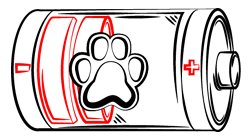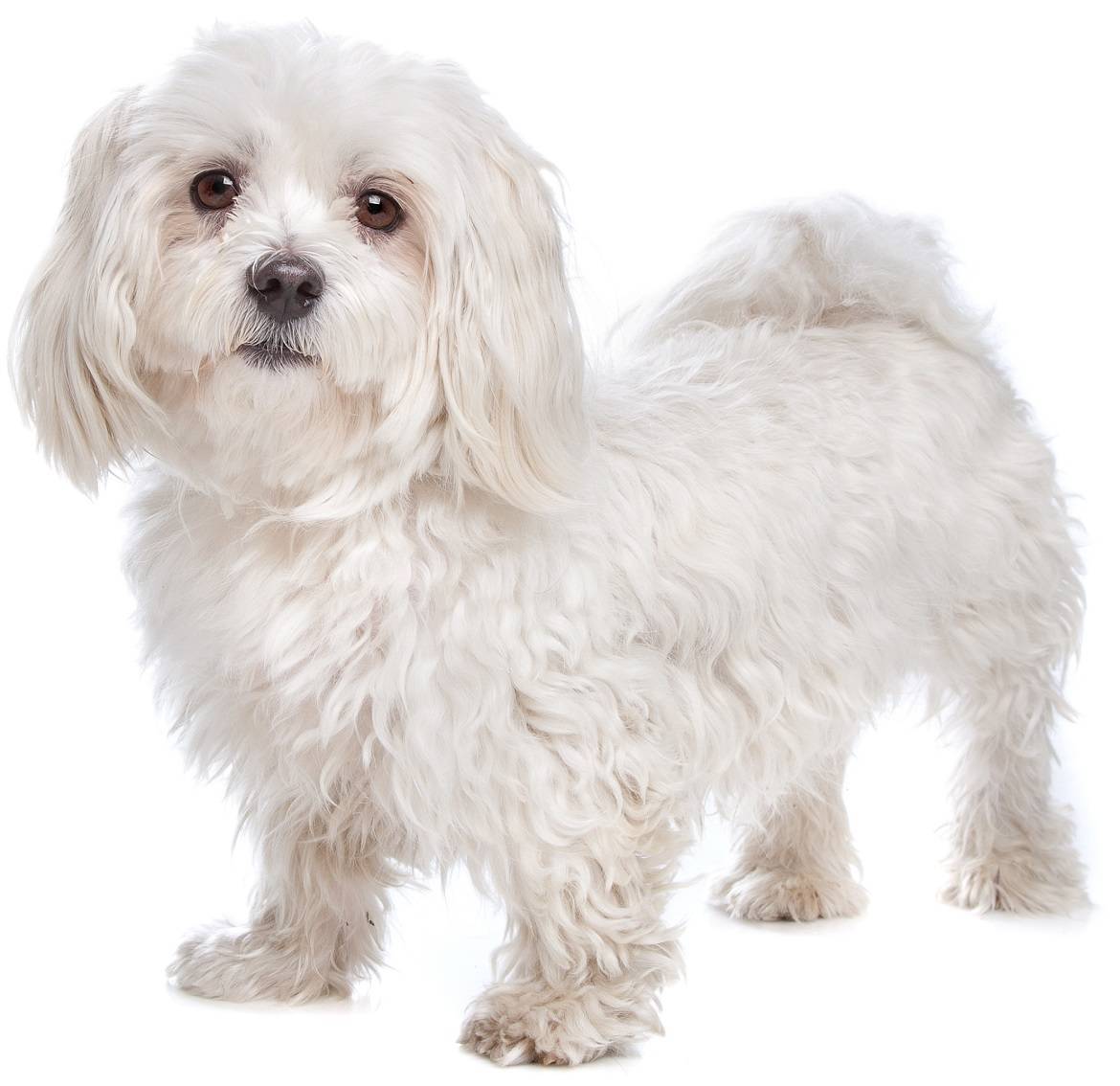
Paws ‘N’ Pups Quickview
Size
| Energy Level
| Trainability
| Paws ‘N’ Pups Rank
|
Characteristics
| Physical Characteristics: Height: 8-10” Weight: 6-9 lbs. Energy Level: Moderate | The American Kennel Club recognizes the Maltese in the following color:
A light tan or lemon color is sometimes seen on the ears. |
| Health & Longevity:12-15 years Breeders screen for the following conditions:
As in most toy breeds, dental issues are a very common problem, and some dogs, the very small ones especially, may suffer from hypoglycemia, a potentially fatal drop in blood sugar. Hypoglycemia can usually be managed with diet, but dogs prone to this condition will need careful monitoring, which precludes spending long hours alone. Puppies are especially susceptible to this condition. Collapsed trachea and liver shunts are known in the breed, as is White Dog Shaker Syndrome, a mild central nervous system disease that results in full body tremors. These can sometimes be mistaken for fear, anxiety, or shivering from being cold. | |
Temperament & Train-ability
The Maltese has lived with and been loved by people since ancient Egypt, Greece, and the Roman Empire. Gentle, playful and utterly devoted, Maltese loves his people like life itself, and wants nothing more than to be with his family. With exercise needs easily satisfied with a walk or play time at home, the Maltese is well suited to apartment, condos, and anyone with a small yard. Novice owners will likely experience success without undue challenges. Maltese can do well with older children, but toddlers are not recommended for toy breeds as accidental drops, being stepped or fallen on, etc. can result in serious injuries. Just as your dog will need careful socialization to learn appropriate behavior around children, your children must be taught how to properly interact with your Maltese. Children should always sit on the floor to hold a Maltese to avoid accidental drops or injury resulting from a dog jumping out of their arms. Never allow children to pull ears, poke eyes, etc. Children should be taught how to recognize when a dog needs a break and give them space.
Consummate companions, Maltese are not recommended for long periods alone; a lonely, isolated Maltese can develop anxiety issues, destructive behaviors and excessive barking. Normally somewhat active indoors but not prone to gratuitous barking, Maltese are good watchdogs. Maltese don’t tolerate cold at all, and will need a sweater or coat when temperatures drop. They will enjoy some outside time when the weather is pleasant, but a very secure yard is mandatory; they can squeeze out of very small spaces. Other outdoor dangers include being attacked by hawks, eagles, coyotes and large dogs. A Maltese should never live outdoors. While most Maltese are fairly social to dogs and people, some can be reserved and shy.
Social and intelligent, the Maltese typically learns quickly, especially when positive reinforcement methods are used. Indeed, there is little reason to use punitive, forceful methods on such a devoted and willing little dog. Doing so may shatter their trust in you and leave them confused and afraid. These bright dogs often enjoy playing with toys, which can be incorporated into training. Many Maltese compete in various dog sports, and they can make amazing therapy dogs.
Housetraining a Maltese can be difficult; many owners opt for an indoor potty option for their dogs, such as pee pads or another type of potty tray. This ensures an acceptable location for the dog to relieve itself is always close by, reducing the likelihood of accidents in unwanted places. Maltese have very small bladders, and the option to relieve himself or herself when needed is helpful for everyone.
Your Maltese will need careful early socialization to people and dogs; with toy dogs, you must walk a line between keeping them safe and allowing them to stand on their own two feet, confidently experience the world and be well behaved. Particular care must be taken when exposing your Maltese to other dogs; select dogs carefully as toy dogs don’t realize their size disadvantage, and must be protected from harm. They should be kept on leash when around other dogs. With a lifetime of grooming ahead of them, it is wise to teach your Maltese puppy to enjoy the process. Start with short sessions, or take the puppy to the groomer for ‘introductory’ sessions.
Grooming
The Maltese carries a beautiful single coat that, because it has no undercoat, is much like human hair. As a result, they shed little. Like human hair, the Maltese coat continues to grow, and will reach the floor if not cut. Kept long, the coat requires meticulous daily brushing and combing. Many people opt to clipper the hair to a shorter length for easier upkeep; this will need to be done every 6-8 weeks. If the coat is kept long, caution should be used as the dog’s skin at the hair part is subject to sunburn. Many Maltese get a weekly bath to keep them fresh and sparkling white; a gentle shampoo formulated for dogs should be used. Special care may be required to prevent and treat tear stains, which tend to run in some lines.
Ears must be cleaned regularly, and toenails will need to be trimmed, as most Maltese will not wear their nails down even if walked on concrete. Teeth must also be checked and cleaned regularly; daily brushing is recommended.
Diet
Maltese will typically eat an average of 1/4 – 1/2 cup per day. This should be fed in 2 meals per day; if your dog suffers from hypoglycemia, you will probably need to feed smaller amounts up to 4 times a day. Your veterinarian can advise on how best to manage your dog’s blood sugar. Some Maltese can be picky eaters, which will be made worse if they are fussed over at mealtime. A constant supply of fresh, clean water must always be available.
Looking for a Maltese?
 Find A Maltese Breeder |  Maltese Puppies For Sale | 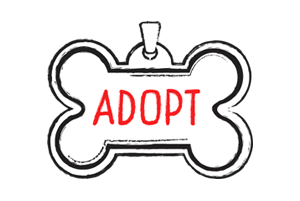 Adopt A Maltese |
Cost
Prices for Maltese range between $700-$1,800.
The “micro” or “teacup” Maltese are sold for upwards of $5,000-$10,000. Be aware, there is only one Maltese breed; those marketing “micro” or “teacup” dogs are using marketing to sell especially tiny dogs. Those intentionally breeding for extremely small sizes often place extreme size above the health of the dogs; undersized dogs are more at risk of genetic disorders. There are also many rescue organizations where lovely dogs can be found; adoption fees vary widely, but are generally in the $200-$500 range.
Paws ‘N’ Pups Ranking
Paws ‘N’ Pups ranks every breed out of 4 with 1 being easiest to integrate into your life and 4 being the toughest – The lower the ranking the better.
Ranking takes into account a few basic factors such as cost, skill level needed, high vs. low maintenance, and how critical regular training is to success.
The Maltese rates a 2. Their cost is not usually prohibitive, they are usually easy to live with and have no great need for ongoing training to be happy; their primary challenges are grooming needs and health issues.
Breeds Similar To Maltese
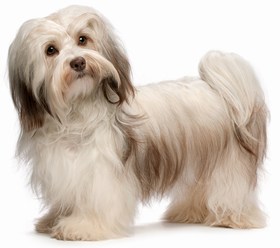 Havanese | 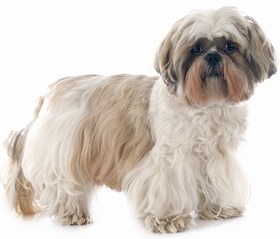 Shih-Tzu | 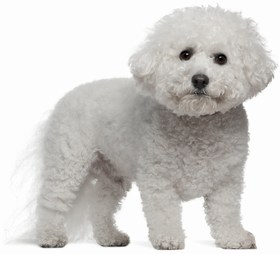 Bichon Frise | 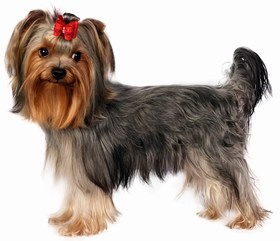 Yorkshire Terrier |


